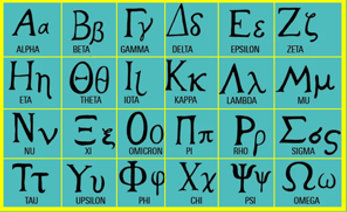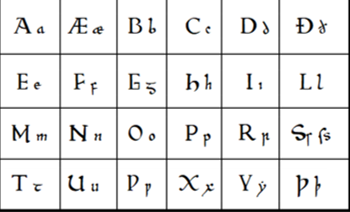 Can the arrangement of carved squares on the front of a locked wardrobe provide a clue for decoding the tapping sounds coming from within? And what about the red-and-white dragon heads in the center of each square? Could they possibly indicate the language of the coded message?
Can the arrangement of carved squares on the front of a locked wardrobe provide a clue for decoding the tapping sounds coming from within? And what about the red-and-white dragon heads in the center of each square? Could they possibly indicate the language of the coded message?
Those are just some of the questions you and mystery writer August LaFleur will consider in this week’s installment of Prime Stage Mystery Theatre.
The episode drops on March 16, at which point I’ll include both a link here and a player at the bottom of this post.
If you’d like to listen to this week’s installment without any additional clues, you might want to bookmark this page and come back after listening to Act III.
However, if you’d like a preview and a few hints that might help solve the mystery, read on.
 As you will recall, Act I of “The Ælf and the Wardrobe” opens with mysterious tapping sounds that lead you to a locked cabinet in a theatre basement. And since the solution to a mystery often lies in a careful examination of relevant details, we might take a good look at the design of the locked doors themselves.
As you will recall, Act I of “The Ælf and the Wardrobe” opens with mysterious tapping sounds that lead you to a locked cabinet in a theatre basement. And since the solution to a mystery often lies in a careful examination of relevant details, we might take a good look at the design of the locked doors themselves.
The locked cabinet from “The Ælf and the Wardrobe.” Note the carved squares and red-and-white dragon heads. >>>
In addition, Act II introduces a form of encryption called tap or knock code, in which each letter of the English alphabet is assigned a numbered position on a code chart consisting of five rows and five columns (pictured below).
 Thus, as we discovered in last week’s installment, “Each letter [is] assigned a pair of coordinates—one pertaining to its row, the other to its column,” and the numbers of those coordinates can then be communicated “through knocking or tapping sounds.”
Thus, as we discovered in last week’s installment, “Each letter [is] assigned a pair of coordinates—one pertaining to its row, the other to its column,” and the numbers of those coordinates can then be communicated “through knocking or tapping sounds.”
Sounds easy enough, but then–at the end of last week’s episode–we realized that the code we are trying to decipher contains a set of six taps, evidently referring to a sixth column that does not exist on the English knock-code grid. So what gives?
For more information on the chart above and on the history of knock-codes, check out the blog post “Cracking the Code.“

When considering the need for a six-column grid, some listeners recalled a comment made by August LaFleur in last week’s episode. “Knock codes,” he said, “have been around for centuries, first developed in Ancient Greece. The Greek alphabet fits quite neatly into a grid of 24 rather than 25 squares.” And when considering the arrangement that might accommodate a 24-square gride, we might come up with the chart pictured here.>>>
But what about the red-and-white dragons? August LaFleur has speculated that they might be a reference to a medieval king written about in Geoffrey of Monmouth’s History of the Kings of England. We covered that king in a previous post, which you can find here, and if the dragons are in fact a reference to Monmouth’s 5th-century king, we might ask if the 24-letter Old English alphabet might yield the grid we need to decode the tapping sounds.
 Give it a try. Click here to listen to the taps, then use the Old English chart of 24 squares (pictured left) to decode the message. Naturally, you’ll need to translate the results into 21st-Century English. But that shouldn’t be too tough in this age of on-demand information.
Give it a try. Click here to listen to the taps, then use the Old English chart of 24 squares (pictured left) to decode the message. Naturally, you’ll need to translate the results into 21st-Century English. But that shouldn’t be too tough in this age of on-demand information.
In any event, these images should provide a useful supplement to this week’s episode.
As always, if you have a question or comment about any of our mystery stories, you can reach us by posting at the bottom of this page or by dropping a note at primestage.com/contact.

Leave a Reply